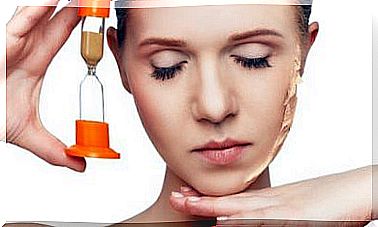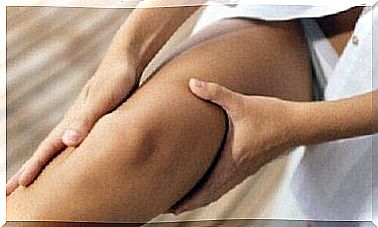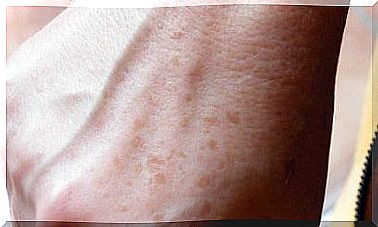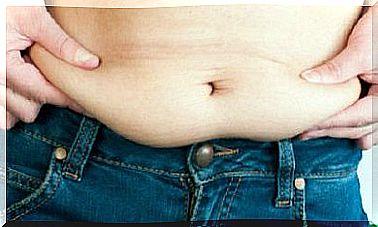Secondary Drowning: A Phenomenon That Should Alert All Parents
Dry and secondary drowning can occur hours or even days after suffering from prolonged immersion in water. It is essential to talk to your doctor about it if you have the slightest doubt, so that he can resolve the problem as quickly as possible.

With the onset of summer, it has unfortunately become normal to see more drowning cases on beaches and in swimming pools.
This is a reality that affects both adults and children alike, but we must be very careful with the latter.
So that children can enjoy a safe bath, it is necessary to be attentive to their movements, to watch them when they go to bathe in the sea or in the swimming pool, to check if the swimming pool does not have a drain without grids, or if there are no other material risks.
We are sure that during the summer, the dispatches announcing the death of children by drowning give you chills.
However, you should know that there is a type of accident that does not make noise, and yet takes the lives of dozens of children each year.
We obviously want to talk about secondary drowning. It affects adults and children who have experienced brief drowning, but who have been rescued and resuscitated. After a few hours after returning home, they start to feel tired, and therefore go to rest, never to wake up again. It is a terrible evil.
In this article, we are going to talk to you about secondary drowning, for your safety and that of your children.
Secondary drowning: a silent death

We will start this article with a little anecdote. L indsay Kujawa is a famous blogger, who writes articles on cooking recipes, manual advice. Personal reflections on her life as a mother etc.
But she experienced an event that was picked up by many media, such as the Huffington Post, and which she then recounted on her own blog.
Her son had suffered a slight drowning in a swimming pool during a party. He was underwater for several seconds, but was resuscitated.
Everything was fine, but Lindsay decided to give her pediatrician a call. And left him a message on his answering machine.
She was surprised by the specialist’s very quick reaction. Q ui told him to immediately take the child to the emergency room, without further delay.
When Lindsay went to pick up her son, she realized that he was very keen to sleep and he looked very tired.
Something was clearly happening. After several tests at the hospital, the results came out.
The child’s lungs were very irritated and inflamed from the chemicals in the pool water.
His oxygen levels were dwindling, second by second, and he was drowning without even realizing it.
The doctors were able to save the child in time, even though he had to spend a few days in the hospital, under observation. It was a stroke of luck, and a huge relief for the family.
The reactions of the doctors, the pediatrician and Lindsay Kujawa, who had the incredible reflex of telling your usual doctor of what was happening, helped save this child.
However, unfortunately not all stories have a happy ending. Children who die of secondary drowning are extremely numerous.
After a drowning, it can take 3 days without the child showing any clear symptoms. It is this phenomenon which is so dangerous and so pernicious.
The difference between dry drowning and secondary drowning

- Dry drowning occurs when the body and the brain feel that the body is going to swallow water.
The body responds with a spasm in the larynx, which closes to protect the whole body.
Water does not come in, but neither does air, which can quickly lead to death. - Secondary drowning occurs when water enters and stays in the lungs. It is possible to resuscitate the child. But this water stored in the lungs will gradually cause pulmonary edema.
It should be noted that this pulmonary edema does not necessarily cause a problem at first. But in the hours following drowning, it can cause death.
Today’s swimming pools contain a lot of chemicals which can be hazardous to health.
If swallowed by the child, they can inflame and irritate the lungs. Chlorine is also a product capable of causing a lot of damage in the bronchi.
After a drowning, it is possible for the child to expel water and come back to himself within a few seconds. However, water may have gotten into the lungs and become dangerous.
After a few hours, this water inflames the bronchi. It causes edema, and causes the level of oxygen in the blood to drop dramatically.
Some recommendations
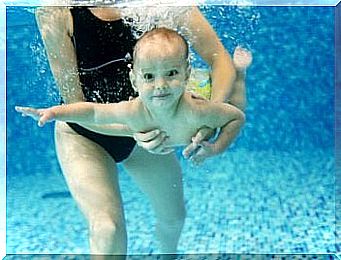
- If your child has suffered from drowning, no matter how small and even if he has been rescued, take him to the emergency room.
- Never lose sight of your children when they are at the pool or at the beach.
- Teach them to swim as early as possible.
- Even if they can swim, still be on your guard. They can get sick in the ocean, or get caught in something in a swimming pool.
Better to stay vigilant and follow their every move.
Enjoy the joys of water with your children in summer. But keep in mind all the information we have given you.

